As a GMRS user in a bustling community, the summer months can bring about congestion on the frequencies we rely on. My buddies and I are committed to being good neighbors to other operators, and we're trying to figure out the best way to use PL tones to ensure smooth and respectful communication.
The Challenge of Congested Frequencies
In our area, popular off-road trails situated at higher elevations often have line-of-sight (LOS) coverage, making channels 1-7 (even at 5 watts) capable of reaching far into the valley. Meanwhile, almost every repeater pair exists in the low-lands, though they don’t get as much traffic as the simplex channels 1-7. This situation got us thinking: would using channels 15-22 (normally the repeater output frequencies) be a better option for us?
We don’t want our simplex traffic to be heard by every station, especially since they are listening for repeater traffic. Usually, we don’t use PL tones unless required by a repeater. We’ve found some online sources that suggest there are “default” PL tones associated with each frequency.
Understanding PL Tones and Their Use
Is it true that there are default PL tones for each frequency? And is it acceptable to use channels 15-22 simplex without PL tones? Should we have been using these PL tones all along for every channel, or are these just locality-specific?
To clarify, PL tones primarily prevent you from hearing transmissions from people not using those tones. However, there's no real privacy; if you're not using PL tones, you’ll hear everyone. Essentially, PL tones help manage who you hear, but they don’t secure your communication.
Practical Implications of PL Tones
In practice, PL tones can prevent some crosstalk. If you pick up two simultaneous signals, the FM capture effect means you’ll either lock onto the stronger signal or receive garbled noise, indicating it’s time to change channels. The audio itself isn’t modulated differently with a PL tone; it's just a signal that tells the speaker to unmute regardless of who’s transmitting. PL tones were originally designed to help share a single frequency among different user groups.
Experimenting with Channels and PL Tones
Given our situation, experimenting with using channels 15-22 simplex could be worthwhile, but we need to be mindful of not interfering with repeater traffic. As always, good practice involves monitoring for any existing traffic and being respectful of other users.
If you're using channels without PL tones, be prepared for the possibility of hearing everyone, which might not provide the clarity you need during busy times. However, this shouldn’t be a huge problem if managed correctly.
Conclusion
Navigating GMRS frequencies during congested times requires a balance of respecting other users and optimizing your own communication. Utilizing PL tones effectively can help reduce unwanted interference and ensure smoother operations. Remember, the key is to experiment, monitor, and adjust as needed.
If you have any insights or experiences with using PL tones or specific channels during busy periods, please share. Let’s work together to make our GMRS communications as efficient and respectful as possible.


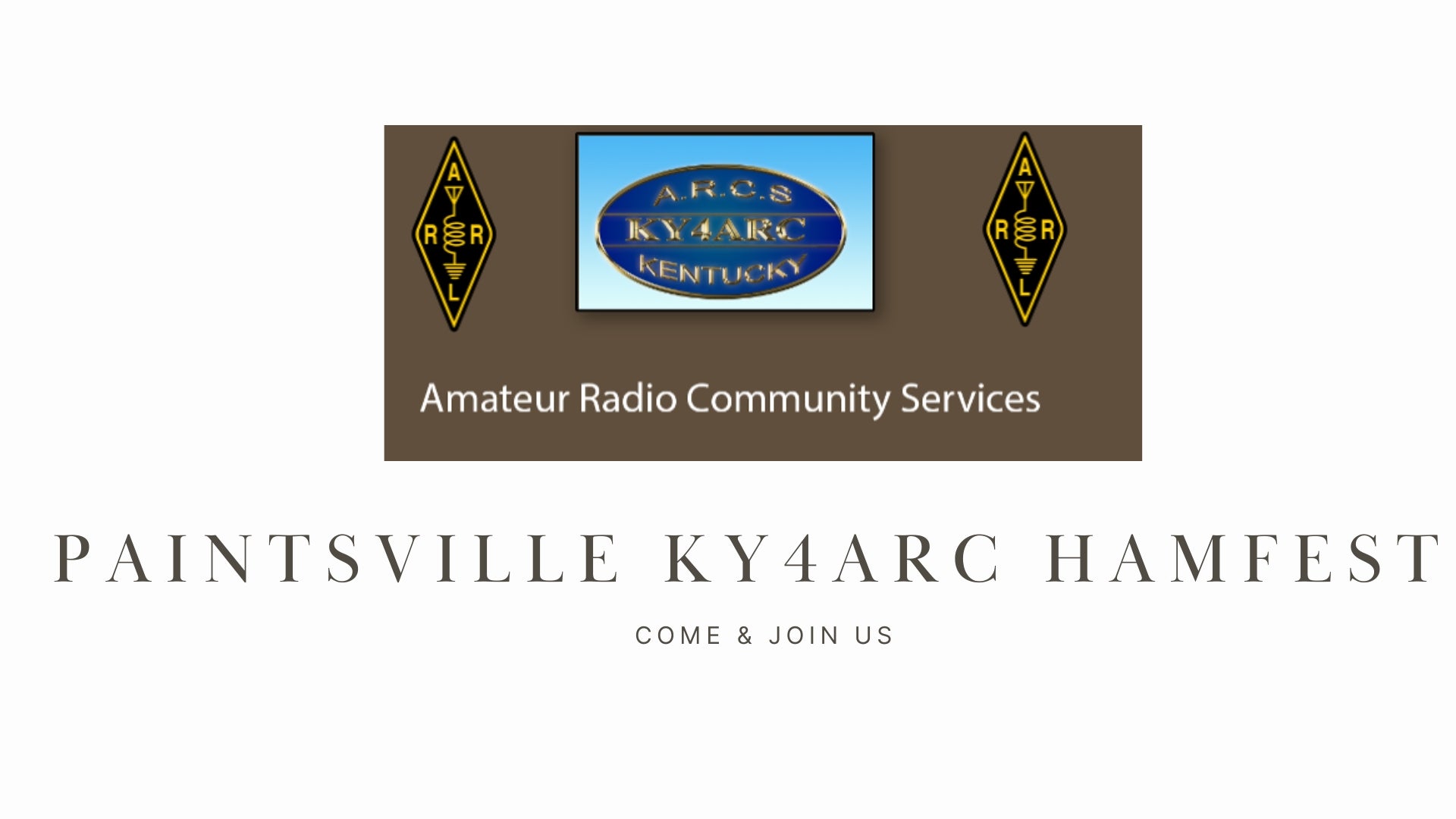
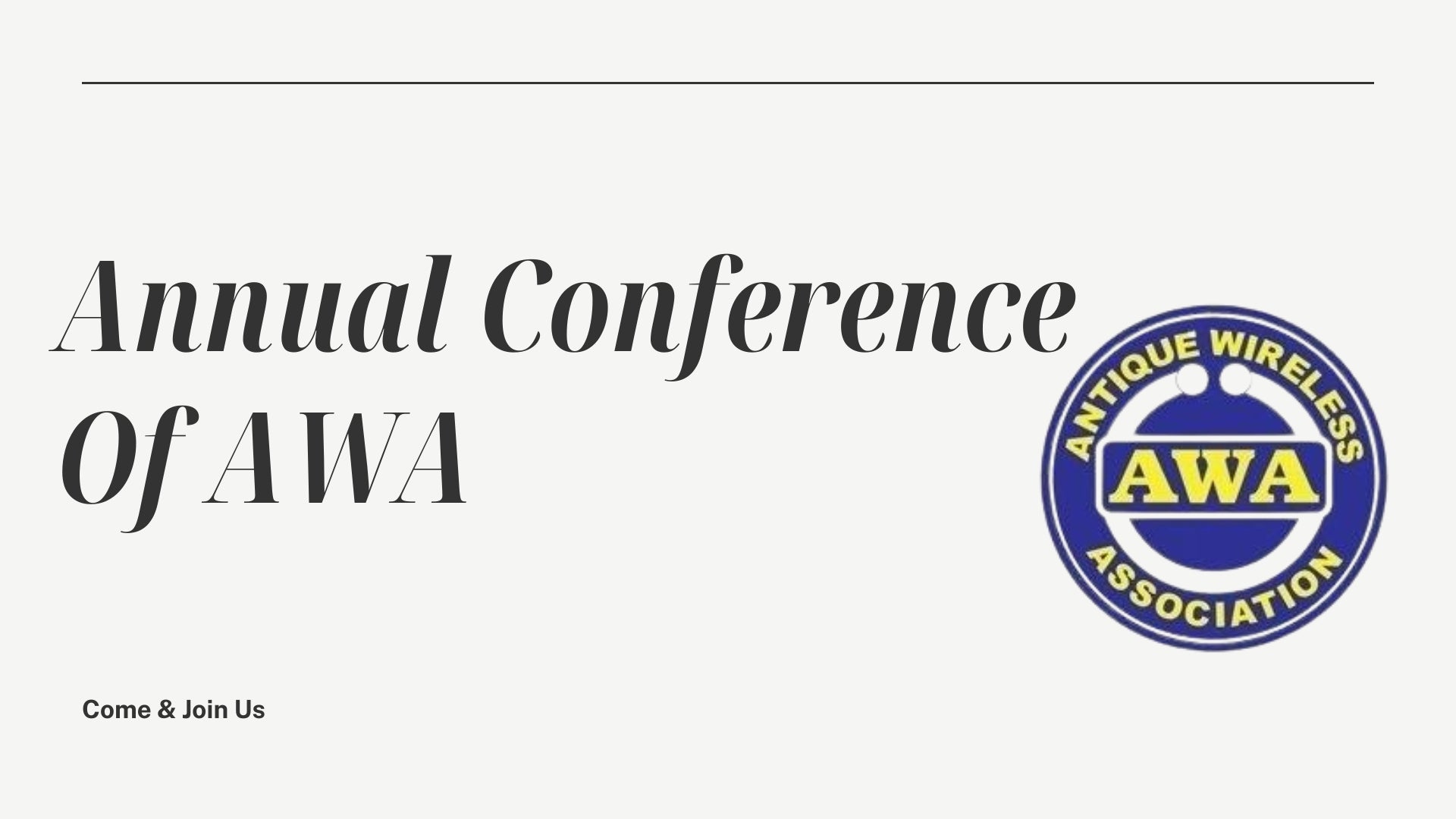
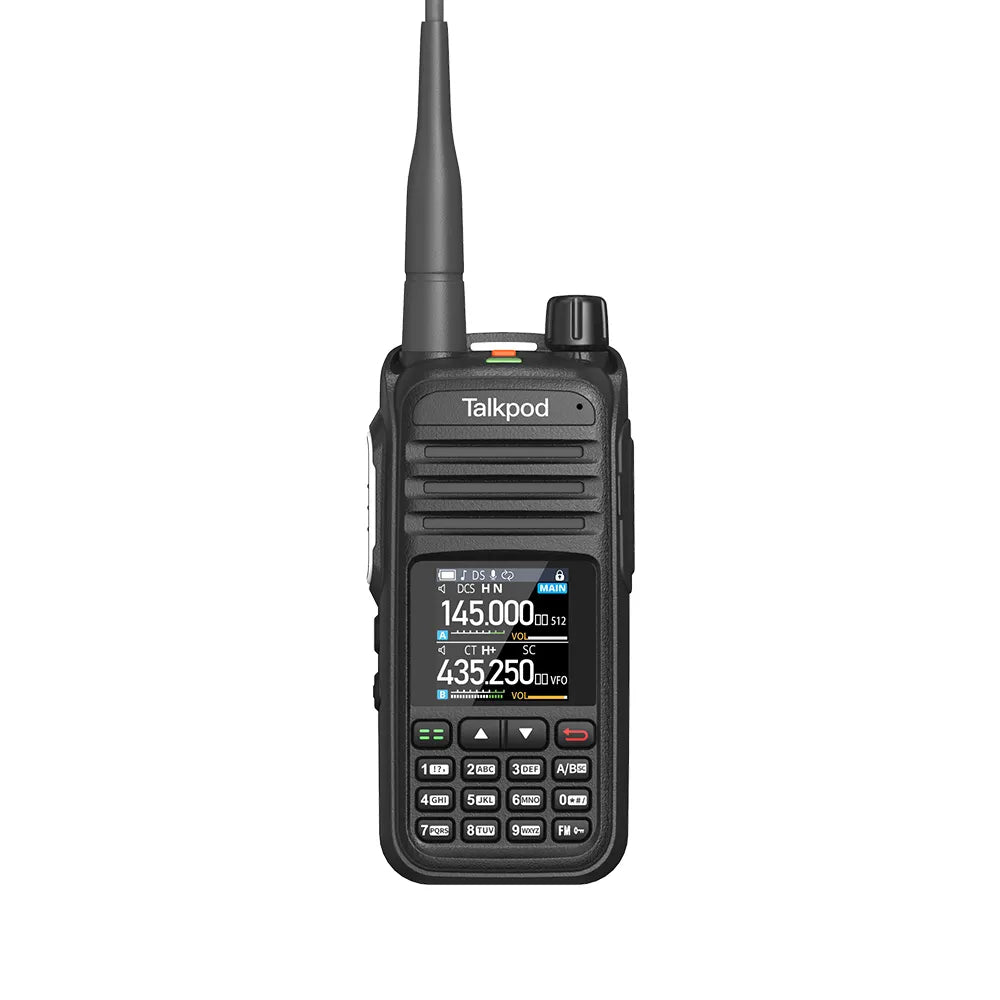
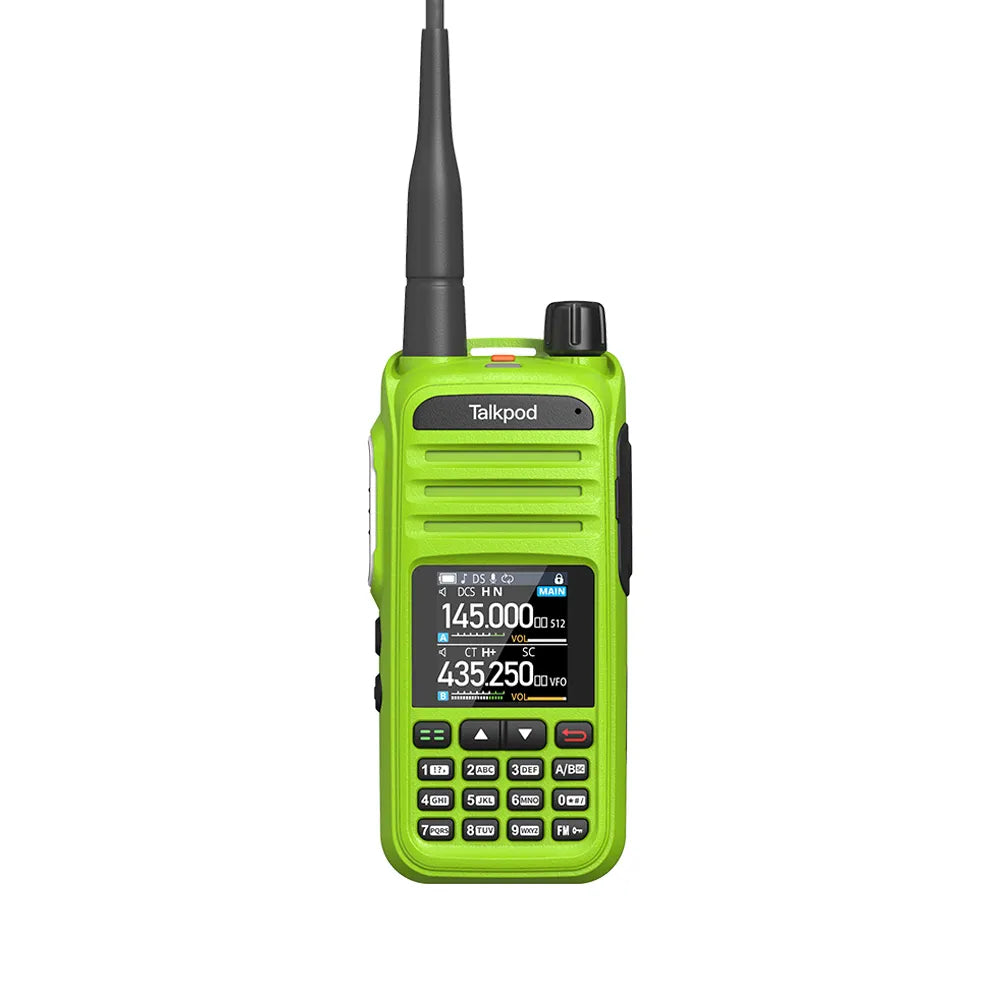


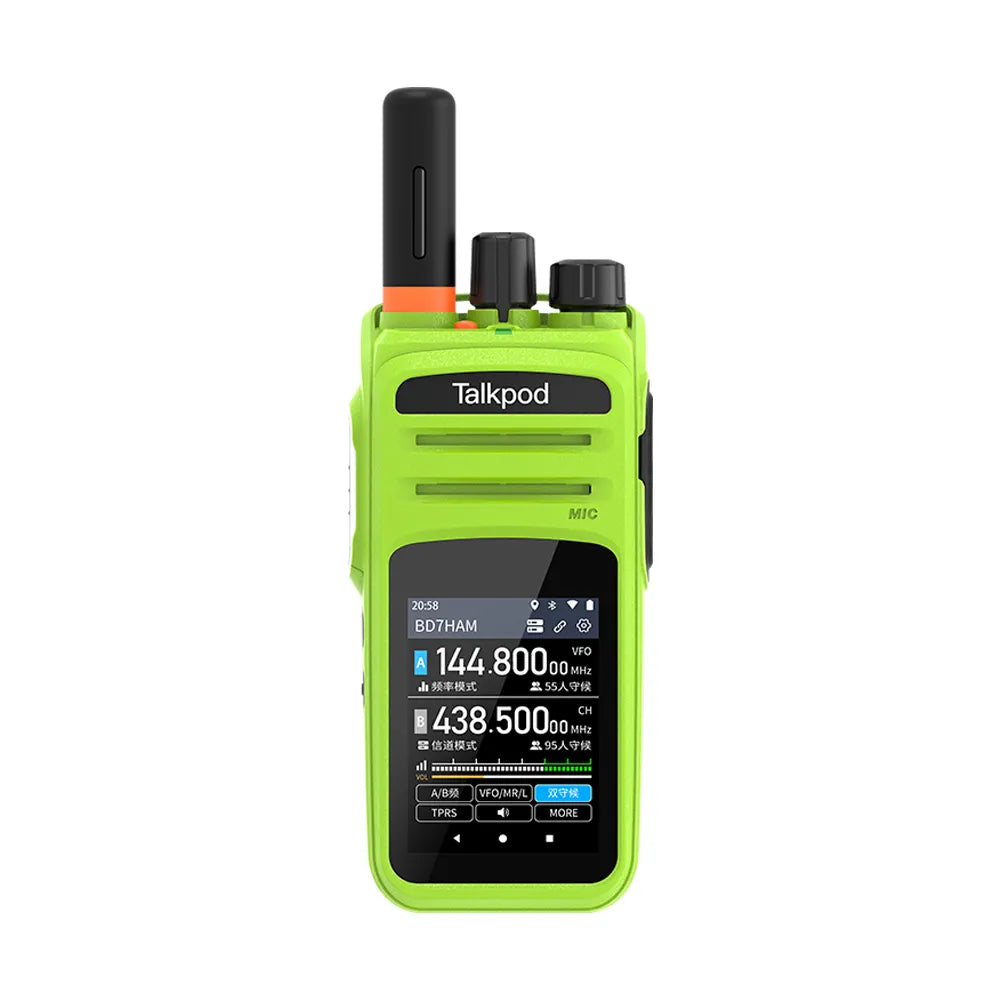

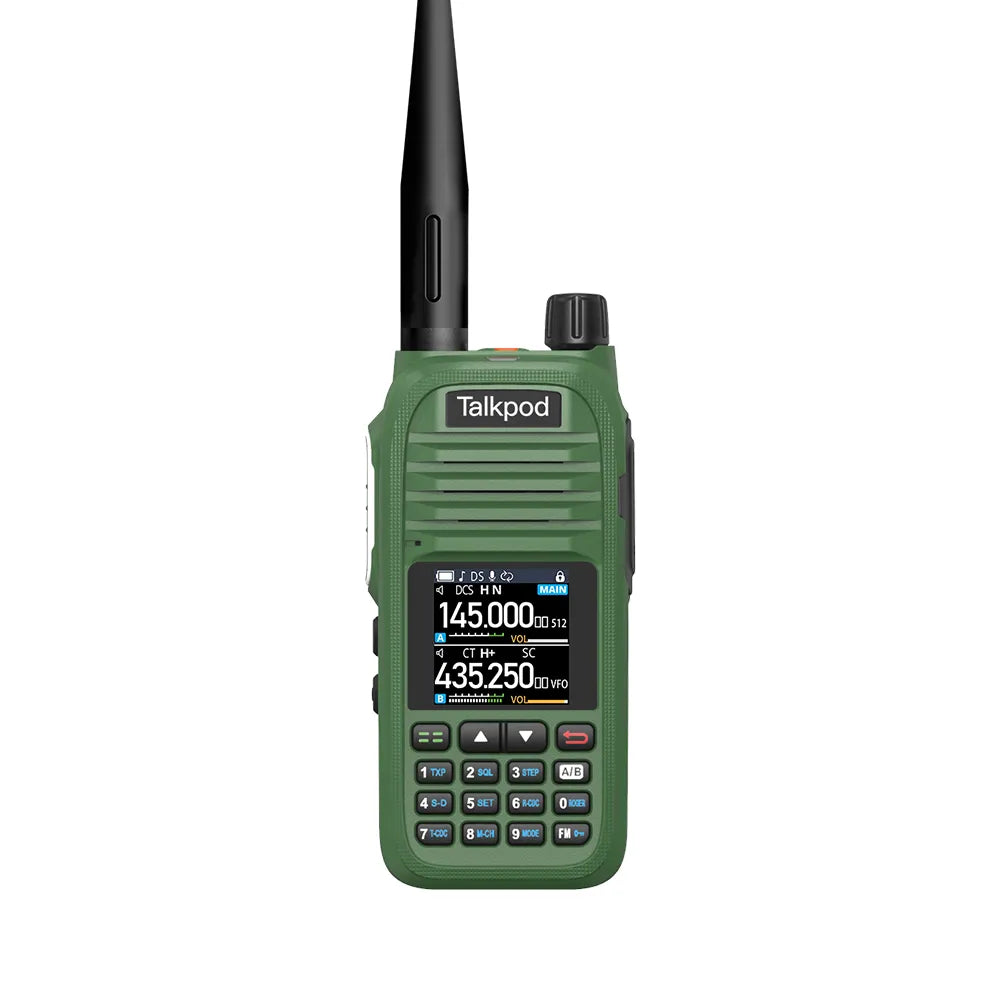
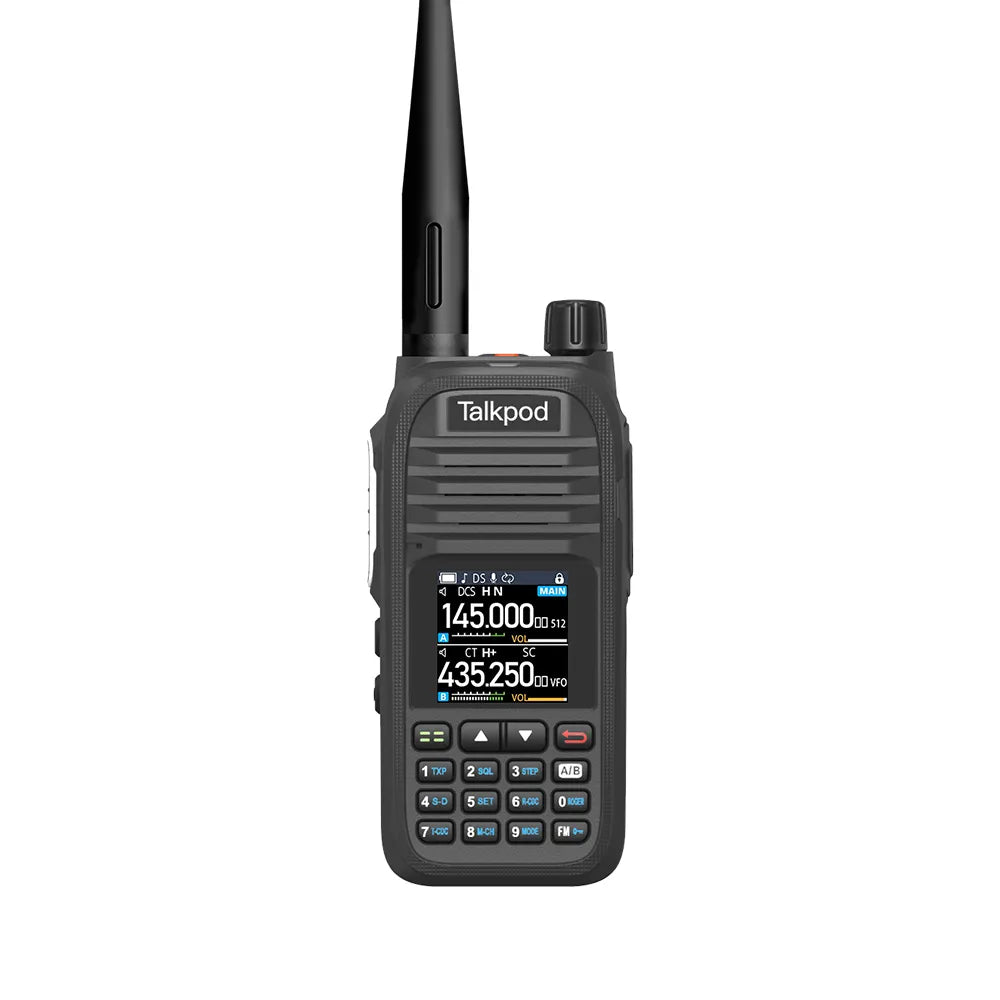
Leave a comment
All comments are moderated before being published.
This site is protected by hCaptcha and the hCaptcha Privacy Policy and Terms of Service apply.